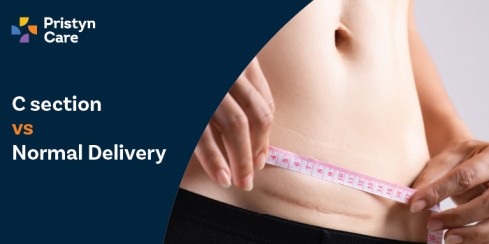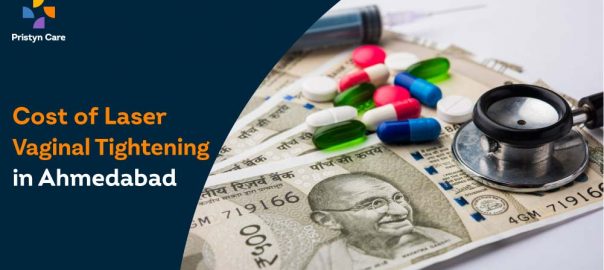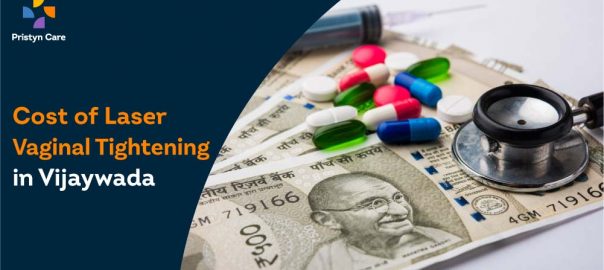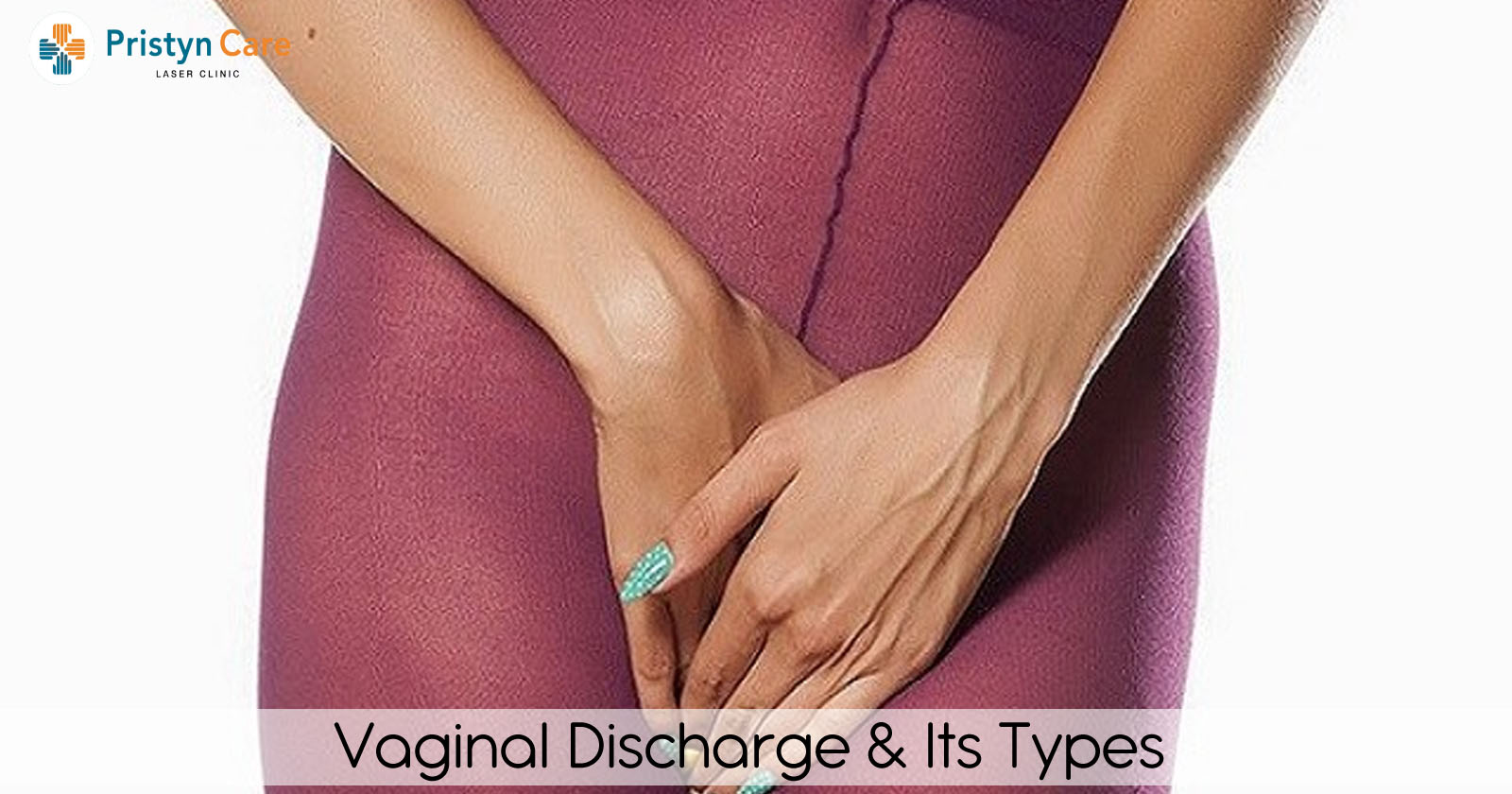![]() Views: 107
Views: 107
C Section Vs Normal Delivery
Dedicated Support at Every Step!
Our Doctors are available 24 hours a day, 7 days a week to help you!
This blog will simplify these concerns by comparing C-sections and normal deliveries. We will explore the benefits and drawbacks of each, based on clear, reliable medical advice. Our goal is to empower you with knowledge so you can make a well-informed decision that’s best for you and your baby.
Table of Contents
What is Normal Delivery?
Normal delivery, often referred to as vaginal birth, is the natural process of giving birth through the birth canal. It begins with labour, which can last several hours, involving contractions that help dilate the cervix. This stage prepares the body for the baby to pass through the vagina. The final stage involves pushing and the actual birth of the baby.
Vaginal births have several benefits, making them a preferred choice for many expecting mothers. Here are a few key advantages:
- Shorter recovery time: Women usually recover faster from a vaginal birth than from a C-section, as it involves less physical trauma.
- Lower risk of infections: With fewer surgical interventions, the risk of infections is typically lower.
- Immediate skin-to-skin contact: This can happen right after birth, which supports early breastfeeding and bonding with the baby.
- Less respiratory issues for the baby: Babies born through vaginal delivery are exposed to beneficial bacteria during birth, which can reduce the risk of breathing problems.
However, while normal delivery has its advantages, it also comes with potential risks and considerations:
- Labour length and pain: Labour can be long and painful, which can be daunting and exhausting for some women.
- Risk of tearing: There is a possibility of vaginal tears, which might require stitches.
- Stress for the baby: During a vaginal birth, the baby might experience stress, especially if the labour is prolonged or complicated.
- Potential for medical interventions: Sometimes, interventions like forceps or vacuum extraction are needed, which could complicate the delivery.
No Cost EMI, Hassle-free Insurance Approval
What is a Cesarean Section (C-Section)?
A Cesarean section, commonly known as a C-section, is a surgical procedure used to deliver a baby through incisions made in the abdomen and uterus. This method is typically used when a vaginal delivery would put the baby or mother at risk. Reasons for opting for a C-section include prolonged labour, fetal distress, and certain health conditions in the mother, such as high blood pressure or active herpes infection.
The benefits of a C-section are significant in specific circumstances:
- Predictability and Planning: A scheduled C-section allows the mother and medical team to plan the birth, which can be less stressful than waiting for spontaneous labour.
- Safety in Complicated Pregnancies: It is often safer for babies who are in a breech position or for mothers with certain medical conditions.
- Reduced Risk of Oxygen Deprivation: During difficult labours, a C-section can prevent potential long-term harm to the baby due to oxygen deprivation.
- Avoidance of Birth Trauma: It can prevent the need for emergency measures that might lead to physical trauma during a vaginal birth.
However, like any major surgery, a C-section also has potential risks and considerations:
- Longer Recovery Time: Recovery from a C-section can take longer than from a vaginal birth, impacting the early days of motherhood.
- Increased Risks for Future Pregnancies: Subsequent pregnancies may have a higher risk of complications, such as placenta previa or uterine rupture.
- Risk of Infections and Blood Clots: Surgical procedures carry risks like infection at the incision site and increased likelihood of blood clots.
- Effects on Future Births: Once a C-section, always a higher chance of needing a C-section for any future deliveries, though vaginal births after cesarean (VBAC) are possible under certain conditions.
Comparative Analysis
Choosing between a C-section and normal delivery is a significant decision that impacts not just the birthing process but also the recovery, health, and emotional well-being of the mother. It's important to consider these differences carefully to make an informed choice that aligns with personal health situations and preferences.
Recovery Time and Process for Each Method
The recovery period varies considerably between a vaginal birth and a C-section, with each method bringing its unique timeline and challenges.
- Normal Delivery: Recovery from a vaginal birth tends to be faster. Most mothers start feeling capable of walking and taking care of their newborn within a few hours after birth. Here are some detailed pointers on recovery:
- Minimal surgical intervention leads to shorter hospital stays, usually around 24 to 48 hours, unless there are complications.
- Mothers might experience soreness and fatigue but generally manage these symptoms with less pain medication, which can facilitate a more comfortable recovery.
- The risk of major infections or complications is lower, which contributes to quicker overall recovery.
- C-Section: Recovery from a C-section, which is a major abdominal surgery, typically takes longer. This method requires careful management of the healing process:
- Initial recovery often involves a hospital stay of up to three to four days to monitor both mother and baby for any immediate postoperative complications.
- Pain management is crucial, as the incision from a C-section can be quite painful. Mothers need to manage pain through prescribed medications.
- Physical restrictions are more significant; lifting heavy objects and driving are not recommended for at least six weeks to prevent strain on the incision site and ensure proper healing.
Impact on the Mother’s Health
The choice of birthing method can have long-term implications for a mother's physical health. Each method carries its own set of benefits and potential risks.
- Normal Delivery:
- Generally involves fewer complications. There's no surgical incision in the abdomen, so there's no risk of surgical infections or complications such as hernias or organ damage.
- Vaginal births promote faster physical recovery, allowing mothers to return sooner to their pre-pregnancy lifestyle, which can include exercise and other physical activities.
- The risk of experiencing future reproductive issues is lower, as there is no scar tissue on the uterus, which sometimes leads to complications in subsequent pregnancies.
- C-Section:
- While sometimes medically necessary, C-sections increase the risk of several complications. These can include infections, blood loss, and reactions to anaesthesia.
- Future pregnancies may be affected, as the risk of placenta previa and placental abruption increases with a scarred uterus.
- Recovery can impact a mother's ability to engage in future physical activities or undergo further surgeries, as scar tissue and healing complications can pose additional risks.
Emotional and Psychological Effects
The mode of delivery can significantly influence a mother's emotional and psychological state, affecting her experience of childbirth and early motherhood.
- Normal Delivery:
- Often associated with positive emotional outcomes, as the immediate physical recovery allows mothers to engage more fully with their newborns.
- The ability to move and care for the baby shortly after birth promotes a sense of empowerment and bonding.
- A less medically intensive experience can leave mothers feeling satisfied and fulfilled with their birthing experience.
- C-Section:
- A C-section can be emotionally challenging, especially if it was not part of the original birth plan. Mothers may feel disappointed or as though they missed out on a traditional birthing experience.
- Recovery challenges, including managing pain and mobility restrictions, can delay immediate physical bonding with the baby, such as holding or breastfeeding, which might impact maternal satisfaction and emotional health.
- In cases where a C-section is planned due to medical reasons, mothers might feel anxiety or stress leading up to the birth, knowing they will undergo major surgery.
Factors Influencing the Type of Delivery
The decision between a Cesarean section (C-section) and a vaginal birth is influenced by a variety of factors ranging from medical reasons to personal preferences and the advice of healthcare providers.
Medical Reasons for Choosing C-section or Vaginal Birth
Medical conditions often dictate the safest method of delivery. Some key points include:
- Pre-existing maternal conditions: Conditions like heart disease or herpes can make a C-section safer for both mother and baby.
- Baby’s position: A breech or transverse position may necessitate a C-section.
- Labour complications: Issues such as labour that doesn’t progress, or distress in the baby, might lead to choosing a C-section.
- Previous C-sections: A history of C-sections often influences the decision, though vaginal birth after cesarean (VBAC) is possible under guidance.
Personal Preferences and Birth Plans
Personal choice plays a crucial role in deciding the type of delivery. Key considerations include:
- Birth plan: Many women have a birth plan which outlines their preferences for delivery, which can include choosing a C-section for non-medical reasons.
- Fear of pain: Fear of childbirth pain might lead some to opt for a C-section.
- Control and planning: Some prefer the predictability of a scheduled C-section.
Influence of Healthcare Providers
The recommendations of healthcare professionals based on clinical evaluations also guide the decision-making process.
- Advice based on medical history: Doctors often recommend the safest delivery method considering the entire medical history of the mother.
- Hospital policies: Some hospitals have higher rates of C-sections, influenced by institutional policies or available resources.
- Emergency situations: Healthcare providers may urgently recommend a C-section in the event of unforeseen complications during labour.
Tips for Expectant Mothers
Preparing for childbirth, discussing key questions with your healthcare provider, and planning for postpartum support are crucial steps for expectant mothers. Here's how you can approach these important aspects:
How to Prepare for Childbirth?
Preparation can significantly ease the childbirth experience. Here are several ways to get ready:
- Educational classes: Attend childbirth education classes to understand the stages of labour and delivery processes.
- Exercise: Regular prenatal exercises like walking or swimming can enhance your stamina and flexibility, aiding in a smoother delivery.
- Pack a hospital bag: Prepare a bag with all the essentials you’ll need for your hospital stay, including documents, clothes for you and the baby, and personal items.
- Relaxation techniques: Learn techniques such as breathing exercises or meditation to help manage pain and stress during labour.
Questions to Ask Your Healthcare Provider
Staying informed is key. Consider asking these questions:
- Delivery process: What is the typical process for labour and delivery in your hospital?
- Pain management: What are the options for pain relief during labour?
- Signs of labour: What should you watch for to know it’s time to go to the hospital?
- Post-delivery care: What kind of support and care can you expect after the baby is born?
Planning for Postpartum Support
The postpartum period is a critical time for new mothers. Plan your support structure in advance:
- Help at home: Arrange for someone, like a family member or a postpartum doula, to help you at home in the initial weeks after childbirth.
- Meal preparation: Consider preparing meals in advance or arrange for meal deliveries to ensure you have nutritious food without the hassle.
- Medical support: Know who to contact for postpartum medical issues for both you and the baby. Keep contact numbers handy.
- Emotional support: Identify people, such as friends, family, or a counsellor, who can provide emotional support as you adjust to motherhood.
Choosing Your Path to Parenthood
Every birth story is unique, just like every baby. The decision between a Cesarean section and a normal delivery involves considering multiple factors. Both methods have their own set of benefits and risks, and the best choice depends on individual medical conditions, personal preferences, and advice from healthcare providers.
It's crucial for expectant mothers to discuss all available options with their medical team. Understanding the risks, benefits, and recovery expectations associated with each type of delivery can empower you to make an informed decision that aligns with your health needs and family plans.
Whether you opt for a C-section or a vaginal birth, the ultimate goal remains the same: a safe delivery and a healthy baby. By preparing adequately and choosing wisely, you set the stage for one of the most memorable experiences of your life.











